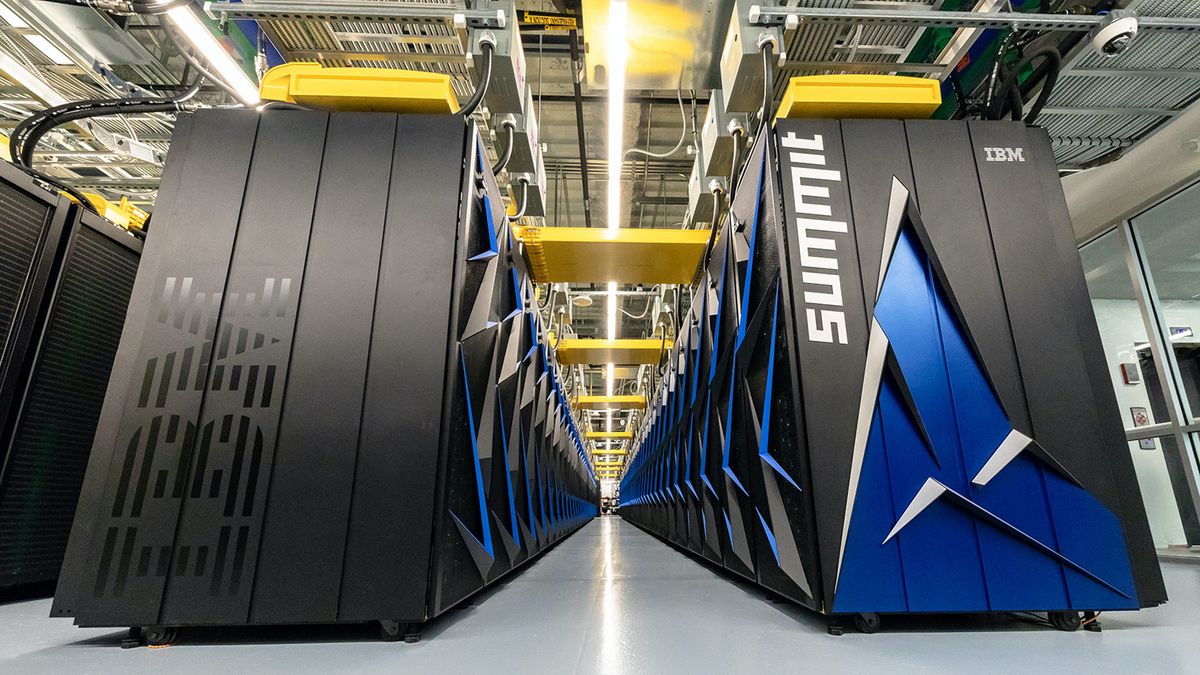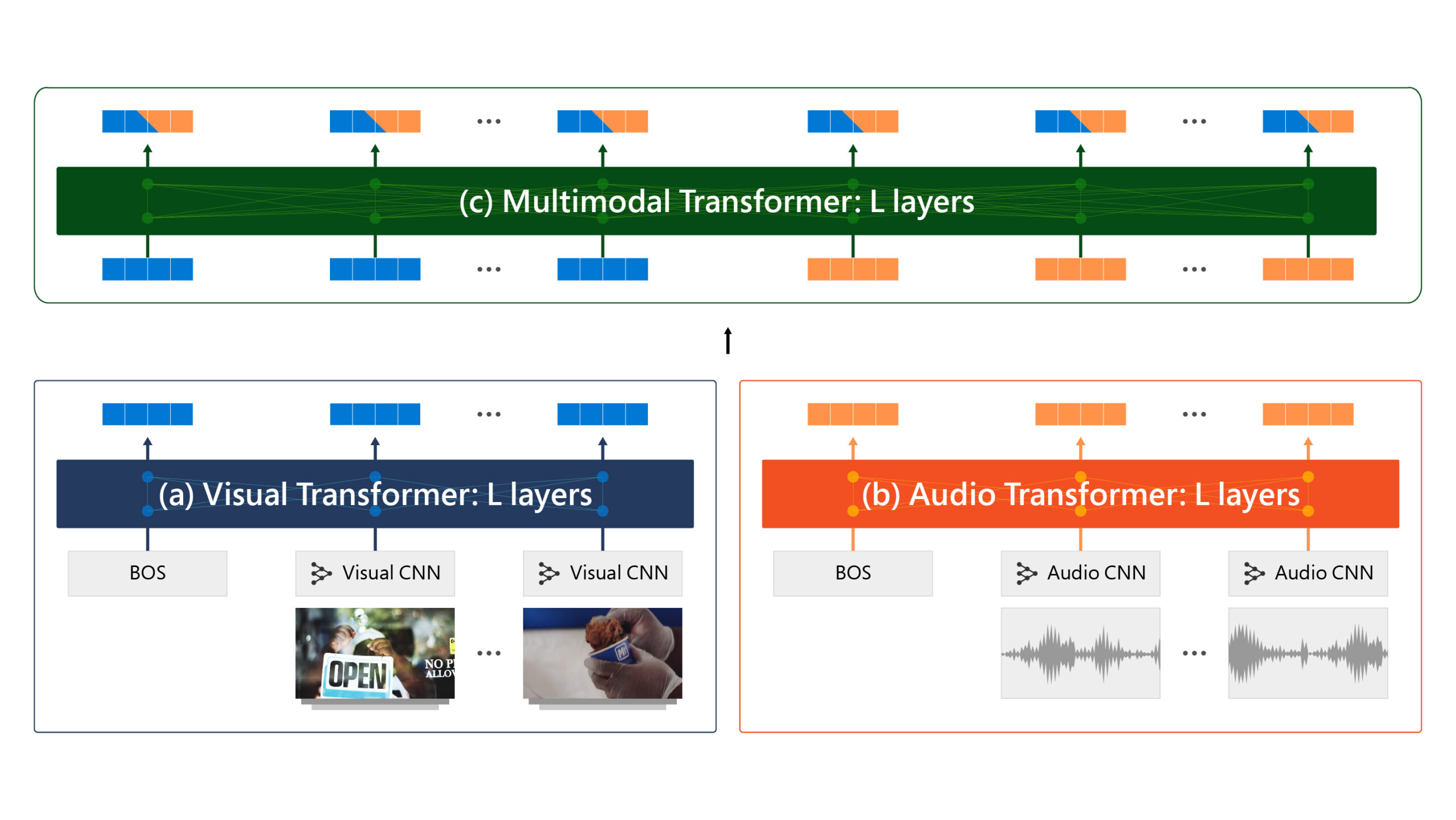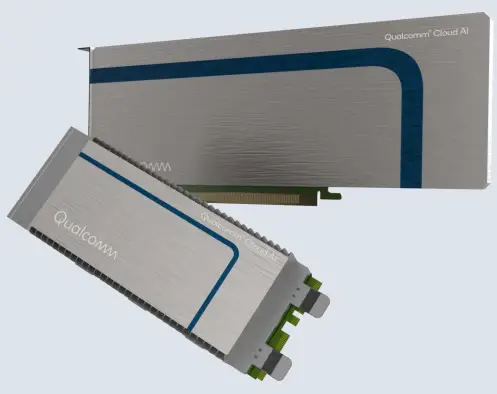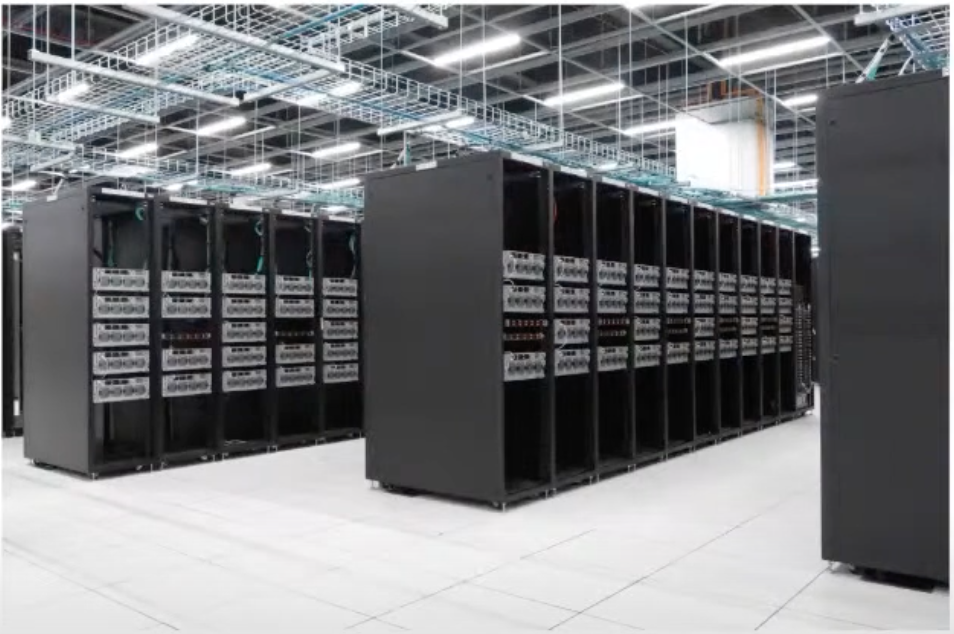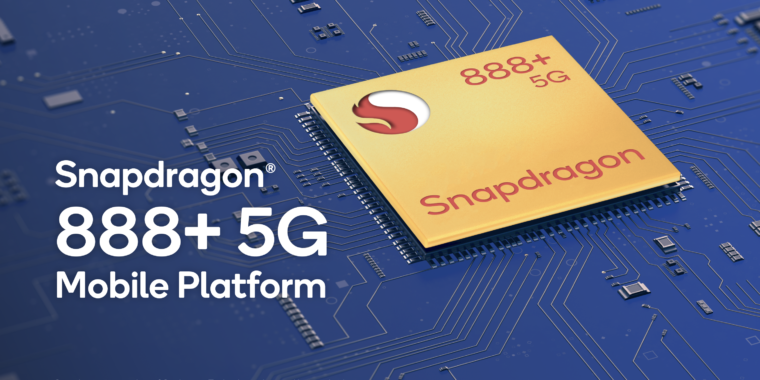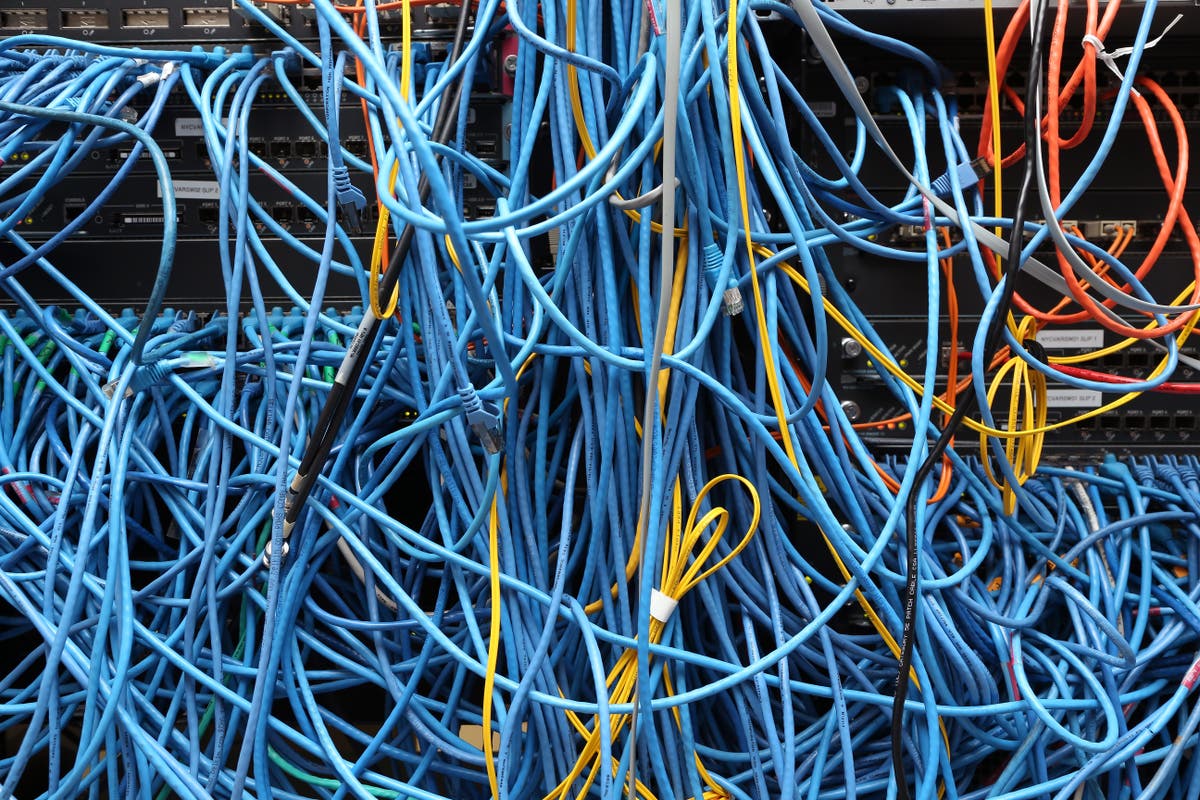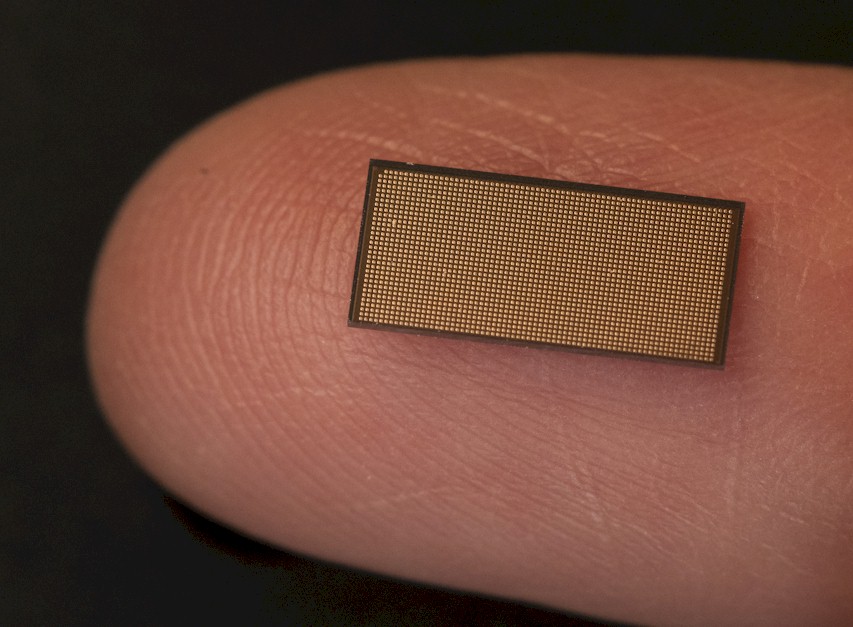
Sandia Pushes The Neuromorphic AI Envelope With Hala Point “Supercomputer”
Not many devices in the datacenter have been etched with the Intel 4 process, which is the chip maker’s spin on 7 nanometer extreme ultraviolet immersion lithography. But Intel’s Loihi 2 neuromorphic processor is one of them, and Sandia National Laboratories is firing up a supercomputer with 1,152 of them interlinked to create what Intel is calling the largest neuromorphic system every assembled.
With Nvidia’s top-end “Blackwell” GPU accelerators now pushing up to 1,200 watts in their peak configurations, and require liquid cooling, and other accelerators no doubt following as their sockets get inevitably bigger as Moore’s Law scaling for chip making slows, this is a good time to take a step back and see what can be done with a reasonably scaled neuromorphic system, which not only has circuits which act more like real neurons used in real brains and also burn orders of magnitude less power than the XPUs commonly used in the datacenter for all kinds of compute.
Next-generation computing architectures are something we obviously keep an eye on here at The Next Platform, just in case a particular flavor of dataflow engine, neuromorphic processor, or quantum computer advances sufficiently to work at scale on real-world workloads. We have been keeping an eye on the TrueNorth effort by IBM, which is derived from work that Big Bluedid with the US Defense Advanced Research Projects Agency, the Akida neuromorphic processor from BrainChip, the memristor-based and synaptic-inspired storage of Knowm, and of course the Loihi 1 and Loihi 2 family of chips from Intel.
